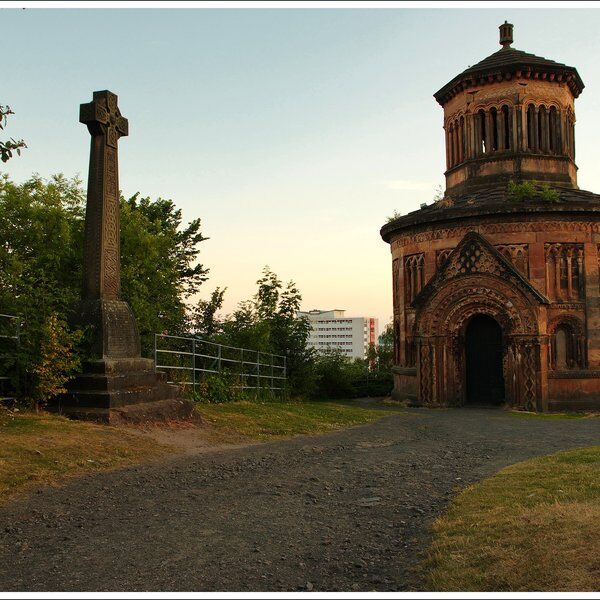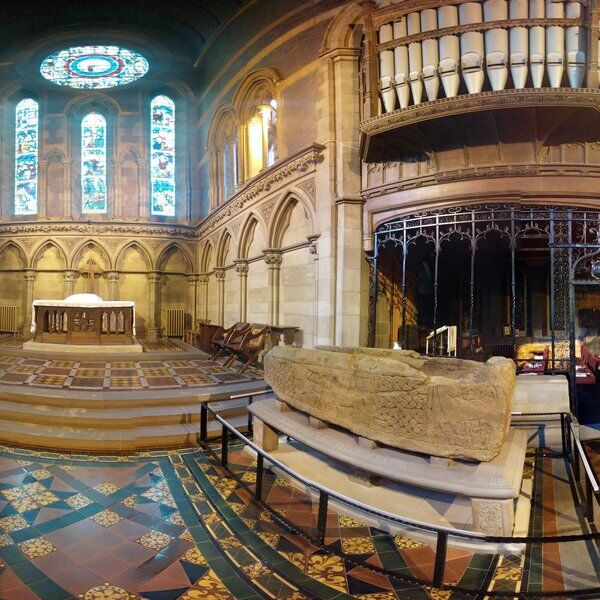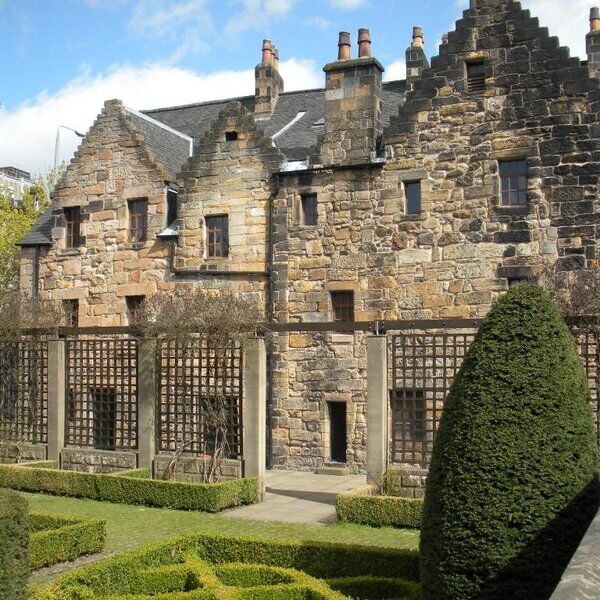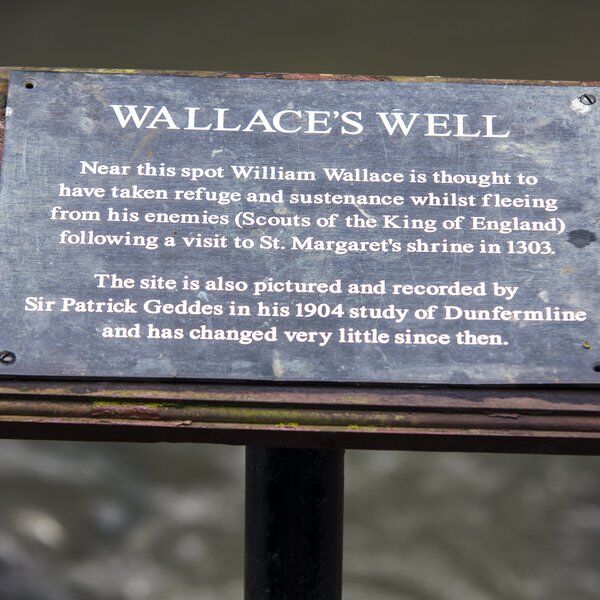Discover Glasgow's Blackstone Chair
Glasgow is home to numerous landmarks that tell tales of the city’s history. One such intriguing relic is the oak Blackstone Chair, a fascinating piece of history that may well have inspired one famous author in particular.
Architectural Marvel
Adorned with brass plates, the Blackstone Chair displays the University and College arms, along with the names of influential founders and benefactors, such as Pope Nicholas V, King James II of Scotland, and Bishop Turnbull of Glasgow.
A main feature is the piece of polished black dolerite, embedded in the chair. In 1775, the University commissioned Archibald Shaw, a skilled marble cutter, to craft a "black stone," which was subsequently incorporated into a new mahogany chair. The chair's design also featured a unique element – an hour-glass suspended within a laurel leaf fixed upon the upper rim of the back.
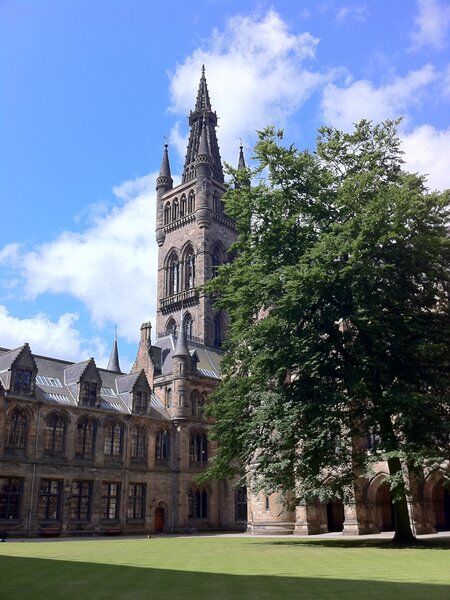
Using the Blackstone Chair: A Ritualistic Tradition
Beyond its physical presence, the chair was an instrument of educational evaluation. Students would take their place on the antique seat during oral examinations, facing questions that tested their knowledge on various subjects. This concept may well have fuelled J. K. Rowling’s inspirations for the Sorting Hat extracts in the Harry Potter books.
The iconic 20-minute hourglass, flanked by a spray of bay leaves atop the chair, added a dramatic flair to the proceedings. As the sand trickled away, the Bedellus would strike the mace on the floor and exclaim "Fluxit" – it has flowed through – marking the end of the exam. It formed a crucial part of these exams until the mid-19th century. an hourglass suspended within a laurel leaf fixed upon the upper rim of the back.
“For I was born in Glasgow, and have sat, / Upon that dreaded chair with bottom black; / Ah, seat of terror, to Collegian pale! — / And I have seen the Students gazing round, / And I have sat, and trembling seen the while, / Two bushy eyebrows and an under lip, / Were big with meaning. While my every limb, / With terror shook, and arch’d each quiv’ring hair; / And I have heard, and I was glad to hear, / Ad alium, Domine, from honest John.”
The chair's usage was evident as early as 1817 when a student wrote about the nerve-racking experience of sitting on its marble seat during examinations. The verses capture the anxiety and anticipation felt by students facing this symbol of academic evaluation and the sense of relief upon hearing the latin Ad alium, Domine at the end.

History of the Blackstone Chair
The current chair was crafted in 1775 but it is believed that the Black Stone’s roots extend even further, harking back to the university's establishment in 1451.
Today, the antique chair continues its ritualistic tradition in honorary graduations and one classics exam, the Cowan Medal. James Cowan, in 1836-39, initiated the Cowan Medals, awards for excellence in Greek and Latin that remain an annual competition.
‘Black Stones’ were used in five of Scotland's oldest universities throughout history but the continuation of the chair's legacy ensures that the University of Glasgow maintains a sense of its heritage and cultural distinction from other institutions today.
The Hunterian Museum at the University of Glasgow
The Blackstone Chair is situated on the ground floor, in an alcove just before the entrance to the Hunterian Museum. The Hunterian Museum is located in one of the University of Glasgow’s main buildings, the Gilbert Scott Building, and is a five-minute walk from the Hunterian Art Gallery.
As part of the University of Glasgow, the Hunterian Museum is a custodian of significant historical furniture, with the Blackstone Chair holding a central place in the institution's history. Another prized part of the Hunterian’s furniture collection, and the oldest piece, is the Clerk’s Press. The Press was acquired in 1634 to house University records. Presently, Liz Hancock from the History of Art department is meticulously documenting the historical furniture found on the University of Glasgow’s campus.
Discover More about Glasgow with CityDays
Ready to discover more of what Glasgow has to offer?
CityDays have a brand new treasure and scavenger hunt in Glasgow which combines the fun of an escape room with the historic facts and whimsical trivia of a walking tour!
Take the stress out of planning your visit to Glasgow and book your adventure today!
Not visiting Glasgow this time? Don’t worry, you’ll find us all over the world.



